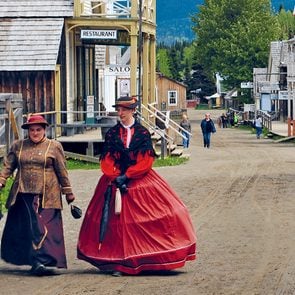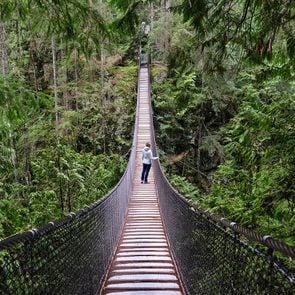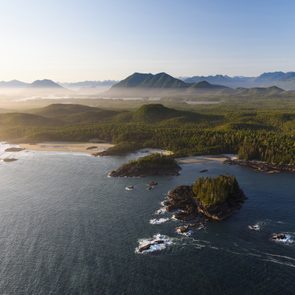Chilcotin: Canada’s Last Frontier
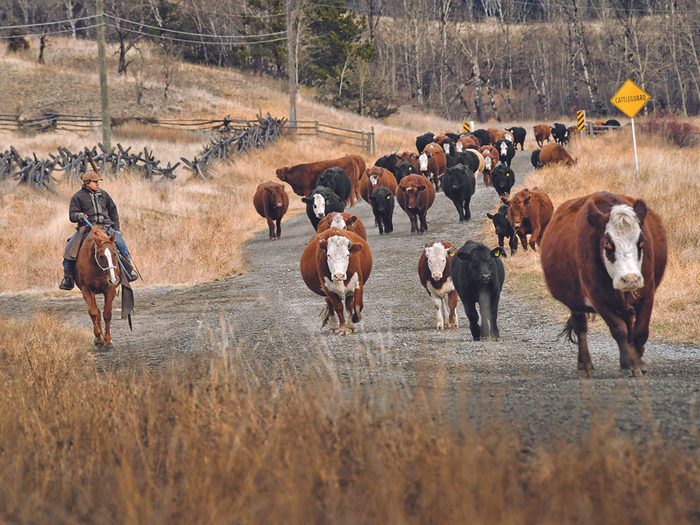
Freedom Road (Highway 20) is a perfect snapshot of Wild West history.
First published in the October/November 2017 issue of Our Canada.
Prospectors came to British Columbia for the gold, and settlers came to the Chilcotin for the land. The First Nations Tsilhqot’in (Chilcotin) people inhabit the land stretching between the Fraser River and the Coast Mountains in the interior of the province.
British Columbia was one of the last frontiers to be explored in North America. The first European explorers to visit the Chilcotin were Sir Alexander Mackenzie and his voyageurs on the last leg of their historic journey crossing the North American continent in 1793. It wasn’t until 1829 that the Chilcotin people had regular contact with Europeans, when the Hudson Bay Company built the Fort Chilcotin fur trading post.
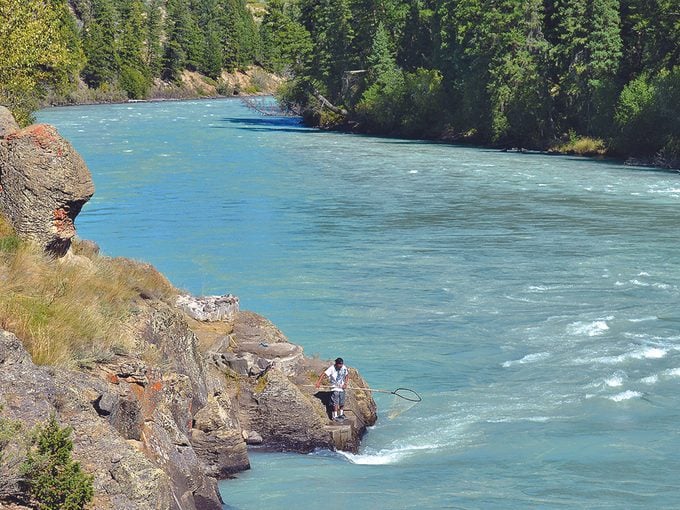
The “Freedom Road” links the Chilcotin to the Pacific Ocean. It starts in the B.C. interior town of Williams Lake. Heading west, the 456-kilometre highway crosses the mighty Fraser River and climbs up to the rolling hills of the Chilcotin Plateau, where thousands of cattle roam the grasslands. It extends to the alpine meadows of Tweedsmuir Park, then descends through the Coast Mountains to the village of Bella Coola. The last, steep section of highway (18 per cent grades in places) from Anahim Lake to the Bella Coola Valley was completed by the local people in 1953, giving them access to the interior villages of Anahim, Nimpo Lake, Tatla Lakes, Redstone, Alexis Creek, Riske Creek, Hanceville, Williams Lake and beyond. This was their road to the outside world.
The gold rush of the 1860s brought thousands of gold-seekers and adventurers from around the world to the interior of British Columbia. Settlers came from Europe, built homesteads and started ranching to supply beef for the Cariboo Gold Rush towns of Horsefly, Quesnel and Barkerville, and into the Yukon Territory.
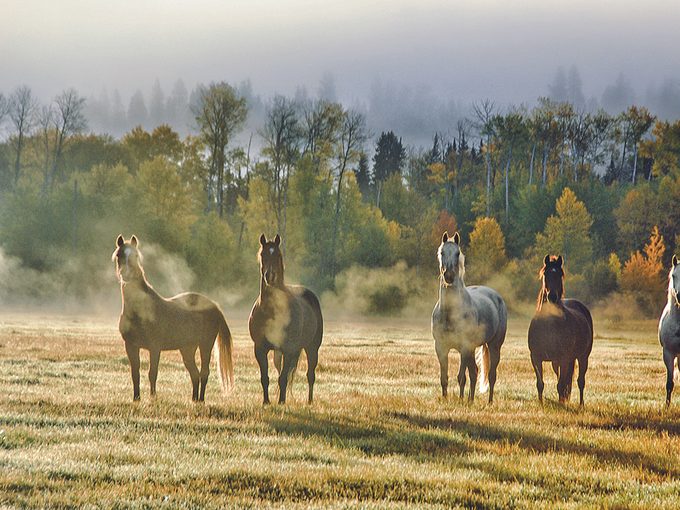
The Chilcotin is known as “cattle country.” Descendants of the original pioneers still operate their family ranches, and evidence of this is visible on the Freedom Road (also known as Highway 20). Working cowboys and cowgirls ride the range of the Chilcotin Plateau. Ranchers use the main road to move their cows on horseback from the winter rangeland to their summer meadows and back in the fall, just as they did more than a century ago.
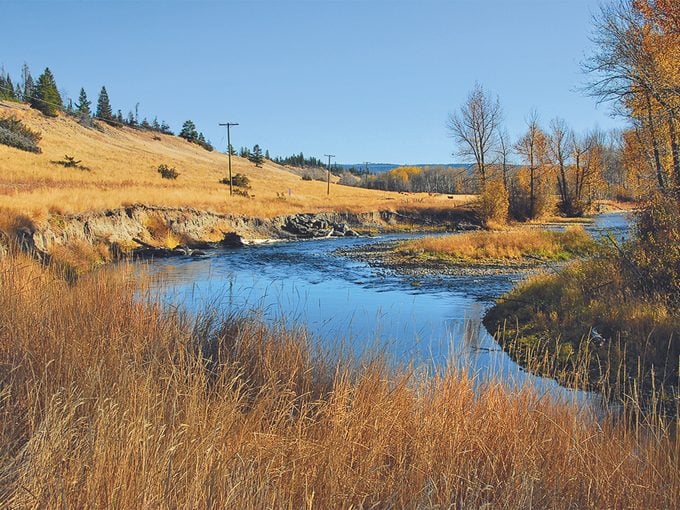
Driving the Freedom Road in October, we were mesmerized by the fall colours lining the Chilcotin River. This time of year, ranchers are working the fields, putting up hay to feed their cows and horses over the cold winter months. The highway crosses the heart of the Chilcotin, where the wildlife have no borders. As well as seeing cows and horses on the road, we encountered deer, bear and moose.
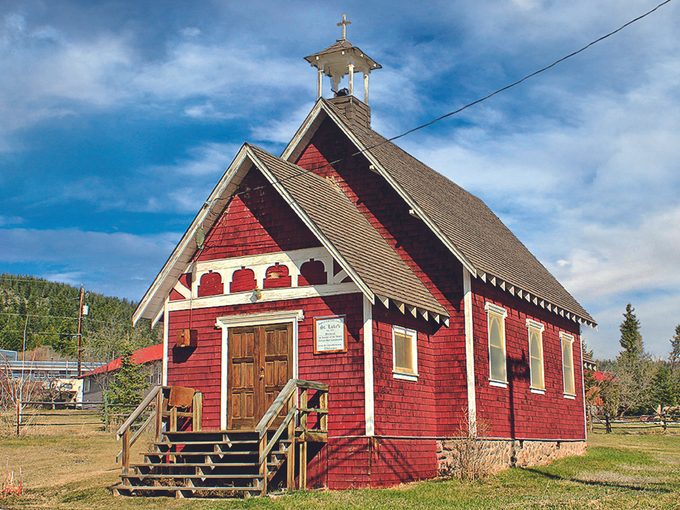
Old homesteads, barns, equipment and fences dot the Freedom Road. Here, communities and villages are named after the pioneers and First Nations chiefs that settled the area. This is a part of the Wild West where deals are still made with a handshake, neighbours help neighbours, and cattle drives are a spring and fall ritual.
Families and friends have been getting together since the first pioneers came to this area in the 1800s. Surnames such as Graham, Bayliff and Bliss are household names in the Chilcotin. These families have strong ties to their heritage, and their legends live on.
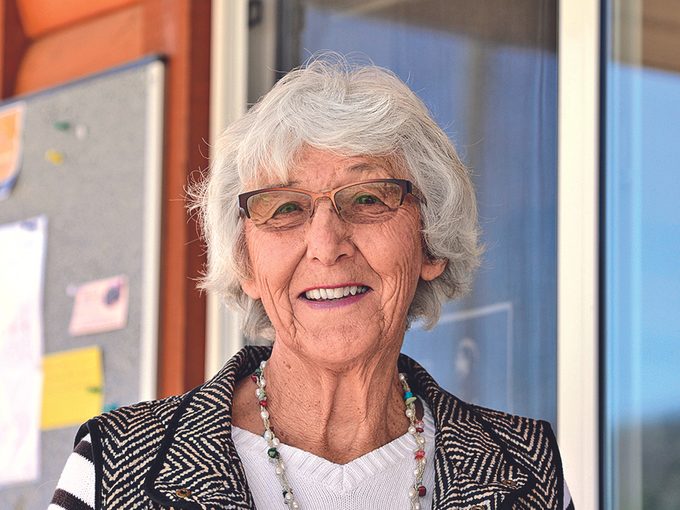
The old log hospital turned 100 years old in 2014 and is still in operation. The land it sits on was donated by Alexis Creek pioneer Alex Graham. Family relative Val Telford manages the volunteer visitor information centre across the highway from the hospital and has many stories from the early pioneers. The Graham Inn at Tatla Lake is a historical landmark and operates as a restaurant in the spring, summer and fall seasons.
Hugh Peel Lane Bayliff came to British Columbia from England in 1882. His ancestors included Sir Robert Peel, who twice served as prime minister of the United Kingdom in the 1830s and ’40s.
Hugh Bayliff bought a piece of property next to the scenic Chilcotin River near Redstone, and started the Chilanko Ranch. Five generations later, ranchers are still raising cattle, cutting and baling hay, and moving cows by horseback on the old wagon roads built by their forefather.
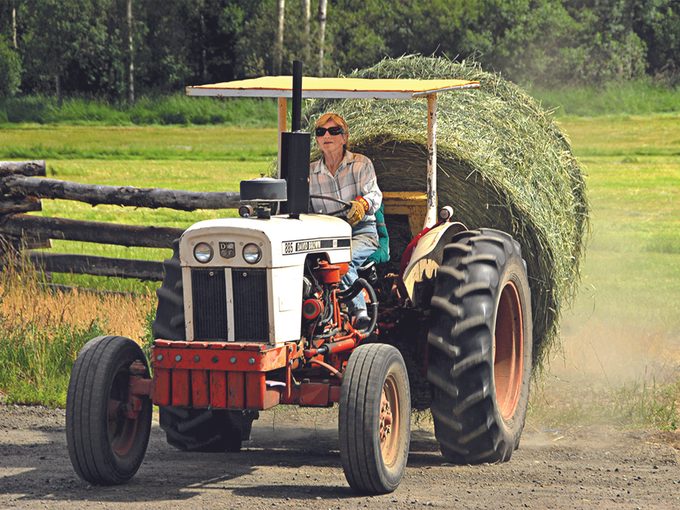
Legendary 90-year-old working lady rancher Nives Bliss runs the Bliss Ranch. She operates and services her tractors, builds and fixes fences, and uses a power saw when needed. The history of this family in the Chilcotin goes back to 1903, when William Henry Bliss was hired by Reginald Fitz-Nigel Newton to bring the first Arabian stallion from England into the territory to raise polo ponies.
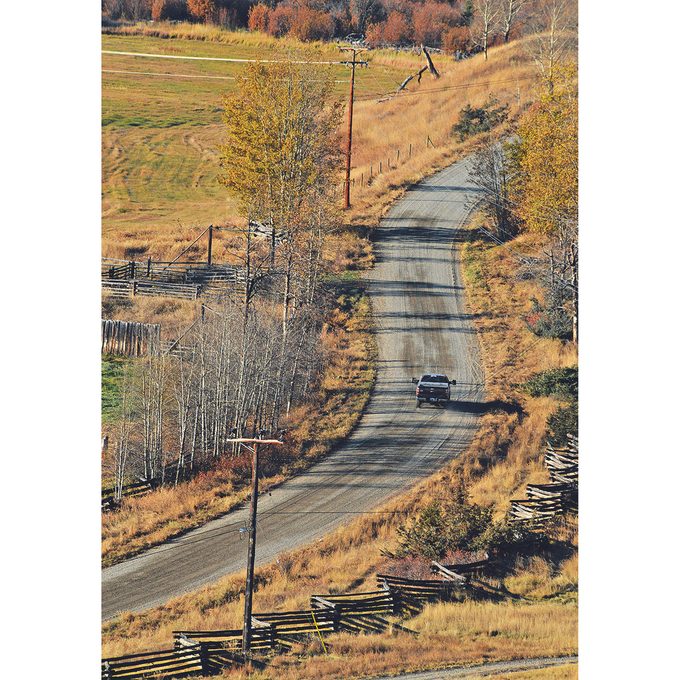
The old Bliss homestead and first school in the area are still standing on the property next to the historic wagon road known as the Chilcotin Highway.
Travelling through the 300 kilometres of grassland of the Chilcotin Plateau, you start to visualize some of the hardships of the first pioneers and gain respect for the families that have endured the changing times of the cattle business. This is a land with no boundaries, where the pioneering spirit lives on and legends are born. This is one of the last true frontiers where you can live the adventures of Canada’s Wild West.
Next, explore the abandoned village of Bradian, BC’s most famous ghost town.
